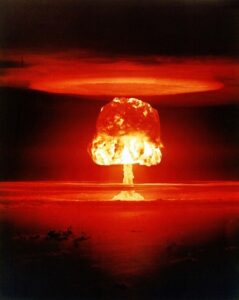
Nuclear war between the USA and Russia would be horrible, but it would be far from the end of human life on earth. It has been found that fictional movies and Russian propaganda in the 1970s and 80s is behind much of American’s belief that nuclear war would be so horrible there’s not point in preparing to survive it. Many myths have caused America to abandon our civil defense system and just give up.
While Russia, Sweden, and Switzerland, have continued to perfect their shelter, evacuation, and supply systems to assure that most of their population would survive nuclear war, the US has pretty much ignored it, assuming that our safety is guaranteed by “mutually assured destruction (MAD),” meaning adversaries know if they hit us, we’ll wipe them out, so they won’t dare attack us.
Except this thinking is fallacy. It depends on always having foreign leaders who are sane and thinking logically, and it ignores the real possibility of a nuclear war being started by accident.
While Russia spends $10 per Russian citizen per year on civil defense planning, and Switzerland spends $12.60/person/year, the USA spends just 55 cents/person/year on planning to protect our population in the event of nuclear war.
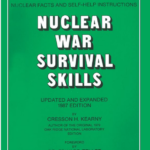 Nuclear Winter is one of many myths planted in our minds to keep us from spending time and money on preparations to save our people from nuclear attack. There are many more such myths. In this article, I’ll point out some of the highlights of what I gleaned from reading the book Nuclear War Survival Skills, by Cresson Kearny, former head of civil defense planning at Oak Ridge National Laboratory, the center for US nuclear weapon planning. The book is free online in PDF format, and it’s available in Kindle format, but it would be a good idea to buy the paperback version from Amazon, because it would be invaluable to have already on hand in your fallout shelter if nuclear war breaks out.
Nuclear Winter is one of many myths planted in our minds to keep us from spending time and money on preparations to save our people from nuclear attack. There are many more such myths. In this article, I’ll point out some of the highlights of what I gleaned from reading the book Nuclear War Survival Skills, by Cresson Kearny, former head of civil defense planning at Oak Ridge National Laboratory, the center for US nuclear weapon planning. The book is free online in PDF format, and it’s available in Kindle format, but it would be a good idea to buy the paperback version from Amazon, because it would be invaluable to have already on hand in your fallout shelter if nuclear war breaks out.
While this book is the most reliable, researched, and field-tested source of fallout shelter information we’ve found (most of the US government’s civil defense recommendations are untested and not well thought out), a lot of it can be skipped by residents of rural Arkansas, because much of the book explains how to pack your family up and evacuate your urban home to move to a safe rural area and build a “quickly thrown together” shelter in a field somewhere. In the case of rural people, you can have all this in place at home, if you will just do it far enough in advance!
Myth: Fallout radiation from a nuclear war would poison the air and eventually kill everyone.
Fact: When a cloud of fallout passes through an area, the “falling” only lasts a few hours. The farther you are from the blast that created the fallout, the more diluted it becomes in the atmosphere, and the less dangerous the radiation becomes. For the first couple of days when fallout may be falling, wear a KN95 mask if you MUST go outside. By the next day air is probably safe to breathe. Discard the radioactive masks!
Radiation lessens with time, and very rapidly at first. Half the radioactivity of the fallout is gone 2 hours after a nuclear blast, which means most of the radiation would already have “decayed away” by the time the fallout cloud gets to Randolph County. Ninety percent of the radiation is gone after 2 days. Though some radioactivity remains for a long time, it’s at a very low level that’s not so dangerous.
This is not to say that nuclear fallout is not dangerous. At least at first, it can be deadly if you don’t go to a well-built shelter and remain there until the radiation rate lessens.
In the most likely scenario, after a nuclear attack you’d spend 2 days in shelter, then take radiation readings with a radiation meter. If levels are low enough then, you could leave shelter for a few minutes/day. Two weeks after an attack, the occupants of most shelters could safely stop using them. You just need a reliable radiation meter to check the level. The book Nuclear War Survival Skills explains how to build and use an inexpensive but reliable radiation meter.
Myth: Fallout radiation penetrates everything. There’s no escaping it.
Fact: Eighteen inches of packed earth, as in a typical basement, will reduce radiation to a safe level. Or, just 2.4 inches of concrete will cut the radiation level in half. Five inches will reduce the radiation by 75%.
Myth: So much food will be poisoned by fallout that people will starve.
Fact: Food and water in dust-tight containers will be safe. Washing and peeling fruits and vegetables removes essentially all the fallout. Water from deep wells, covered reservoirs, and containers would be safe. Even contaminated water can be made safe for drinking if filtered through earth. The book explains how to do this.
Myth: Destruction of the ozone layer will lead to UV light causing rampant blindness and cancers. Plants and food reduction would be greatly reduced by the UV light.
Fact: Results from past nuclear testing indicate that even a huge nuclear exchange would not result in significant harm to the ozone layer that protects us from the sun’s UV light.
Myth: Unsurvivable nuclear winter will follow a nuclear war, as the light and heat from the sun is blocked for years by smoke and debris in the atmosphere.
Fact: This discredited theory has, since its conception in 1982, been used to frighten millions into believing there’s no point in trying to survive nuclear war. Non-propagandizing scientists have calculated that effects from an all-out nuclear war would be much less severe than earlier “activist” scientists had reported. There would certainly be an impact on the environment, but not a mankind-ending one.
For people in the Pocahontas area, the first indication that we’re under attack would be an extremely bright light, brighter than you’ve ever seen before. Do not look in the direction of the light, as temporary blindness would result. Turn your back to the light, close your eyes and tilt your head down. The light will continue for about 11 seconds from a 1-megaton blast, to as high as 44 seconds from a 20-megaton blast within 100 miles of you. The sound of a blast in Memphis would take about 7.5 minutes to get here after the bright light of the explosion is seen.
Get behind the best available cover, ideally a concrete or brick wall. A blast wave will travel faster than the speed of sound. If no blast wave or sound reaches you in 2 minutes after the bright light, that means the explosion is over 25 miles away. The blast at that distance probably won’t hurt you, but it could still break windows, so stay away from glass windows after an attack begins.
After 2 minutes, get to a radio and try to find information, if radios still work. Make plans to get to the best shelter you can reach within 15 minutes.
Now is the time to take a 130 mg tablet of Potassium Iodide (this is NOT regular iodine disinfectant). It’s available at Amazon. Then continue to take 1 tablet/day as long as the radiation level is unsafe. Potassium Iodide keeps your thyroid gland from absorbing deadly radioactive iodine isotopes after the attack.
If you DO go outside, briefly, into a fallout area, be sure to cover up, head to toe. Ordinary clothing will shield and protect the body quite well from all but the highest-energy particles for a short time. Any exposed skin is at great danger. Think gloves, ski mask, goggles, and hat. A COVID-era face mask, over a ski mask, would give good protection to the airway from a brief exposure to a fallout environment. Once the fallout has settled to the earth and is no longer falling from the sky, the air will be safe to breathe without a mask.
Fallout is likely to be large salt and sand-sized particles, like dirt, that can be easily removed with brushing and gentle wiping. Fallout-contaminated clothing should be removed as soon as practical, or at least brushed and beaten before entering a shelter room, to rid it of as many fallout particles as possible. Bathing with water is good, if possible. After several days, wash the clothes and they will be safe to wear again.
People in a shelter need 1 gallon of water/day, and 1 tablespoon of salt (including salt in food). Salt keeps forever. Store plenty of salt. Purified water (filtered water) can last indefinitely in storage. Plastic milk jugs are not good for long term storage. They get brittle with time. High-density polyethylene plastic barrels are good for long time water storage. Have a water tube handy to siphon water out, if you have a large, heavy barrel.
Regarding food, initially survivors must live off the food they have stored. Forget going shopping after a nuclear attack begins. The stores will be dangerous and quickly emptied, and the coming fallout could kill you on the way back home!
Even long term, survivors cannot depend on hunting, fishing, or gathering wild plants, since fallout may have killed most of the animals, and infected the plants, and caused radioactive poisoning to the ones who survive. Therefore, it’s advisable to have plenty of “heirloom seeds” in cold storage. Heirloom seeds are varieties of vegetables that reproduce well using saved seed from the previous season. Store some in the refrigerator and some in the freezer. To plant the seed, first remove the top inch of soil to clear away the fallout remains, then plant seed as usual.
Vitamin C is essential for life. Without it, scurvy and death will ensue sooner than you would think. It may be hard to obtain fresh foods containing Vitamin C after a nuclear attack, and Vitamin C in tablet form does not have a long shelf life. Vitamin C crystals DO have a long shelf life. Buying a couple of pounds of Vitamin C crystals, available from Amazon, can provide a daily dose of 1/4 teaspoon (1000 mg) per person, sprinkled on food or dissolved in water. Actually, taking just 10 mg/day is enough to prevent scurvy.
Get air mattresses, as needed, for people to sleep on, as well as a manual air pump to air them up (there will probably be no power for an electric pump). These can be deflated and stored away in daytime, saving space, and inflated for sleeping at night.
In warm weather, a well-enclosed shelter must provide at least 40 cubic feet per minute of fresh air, per person, both to remove CO2 build up and to provide cooling. Numerous tests have shown that hazards from fallout carried into shelters by unfiltered LOW VELOCITY ventilating air are minimal compared to the dangers from inadequate ventilation.
Low velocity air means you don’t want a strong fan moving the air. You want gentle air movement so dust particles aren’t sucked in. For the most part, once the main wave of fallout has passed by, the air is safe to breathe. It’s the fallout dust on the ground, on the roof, and on plants, that’s dangerous. Filtering of the air through common heat/air conditioning filters, while ideal, is not considered essential.
Several hours, or even days, after the missiles have launched, the first enemy bombers may strike. So the terror is not over just because the missiles have stopped exploding. Nuclear bombs may still be on the way. So don’t leave your shelter too early. Stay in your shelter at least 2 to 3 days even if you are far from a probable target and even if meter readings show that there’s no dangerous fallout. For the first few days, conditions could change quickly.
Fallout would cover most of the USA within 12 hours of a massive attack. After 2 to 3 days, check fallout meter readings to see if it’s safe to leave shelter. There are commercially manufactured fallout meters available, but you have no idea if they are working correctly or not (there’s no agency that tests and certifies these meters), and they can be expensive.
You can build your own radiation meter for less than $50. This meter needs no batteries, no calibration, and it works every time. You just need a working watch and some simple math to calculate the radiation level manually. It’s called the Kearny Fallout Meter (KFM). Instructions are in the nuclear war survival book to build and use one from easily available parts you already have in your home. Don’t wait for a crisis to start building your radiation meter. Build it now and store it away for possible future need.
Summary:
Though we in Pocahontas live many miles from a major city (like Memphis) or a military target like an air base or missile silo, we should still PREPARE to survive heavy fallout from distant explosions, due to unpredictable winds, or rain showers that can deposit fallout they strip out of the air.
So everybody needs a plan for a well-constructed fallout shelter to live in for 2 weeks or more after an attack. After a few days, it should be safe to leave the shelter for short periods of time, but 2 weeks or more are needed before you can leave the shelter permanently.
In addition to planning for food and water, while in the shelter and afterward, adequate planning includes purchasing or constructing a radiation detector that can help you know when it’s safe to go outside, and to consider ventilation to bring fresh air into the shelter.
Keep in mind that after a nuclear attack, the electromagnetic pulse released by nuclear explosions will probably mean there will be no electricity for a long time, and electronic devices probably won’t work even if there WAS available electric power! Read the 2 books we recommend in the right side of this page. Plan. Prepare. Or possibly die unnecessarily.
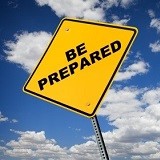
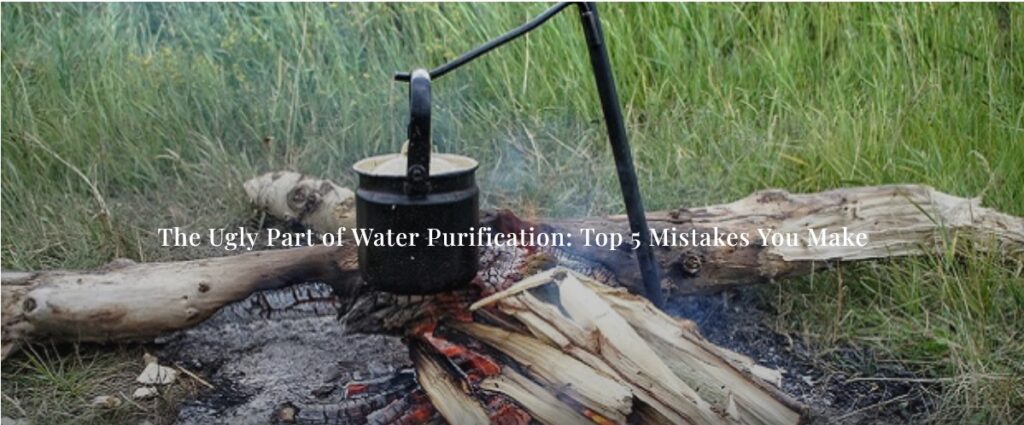
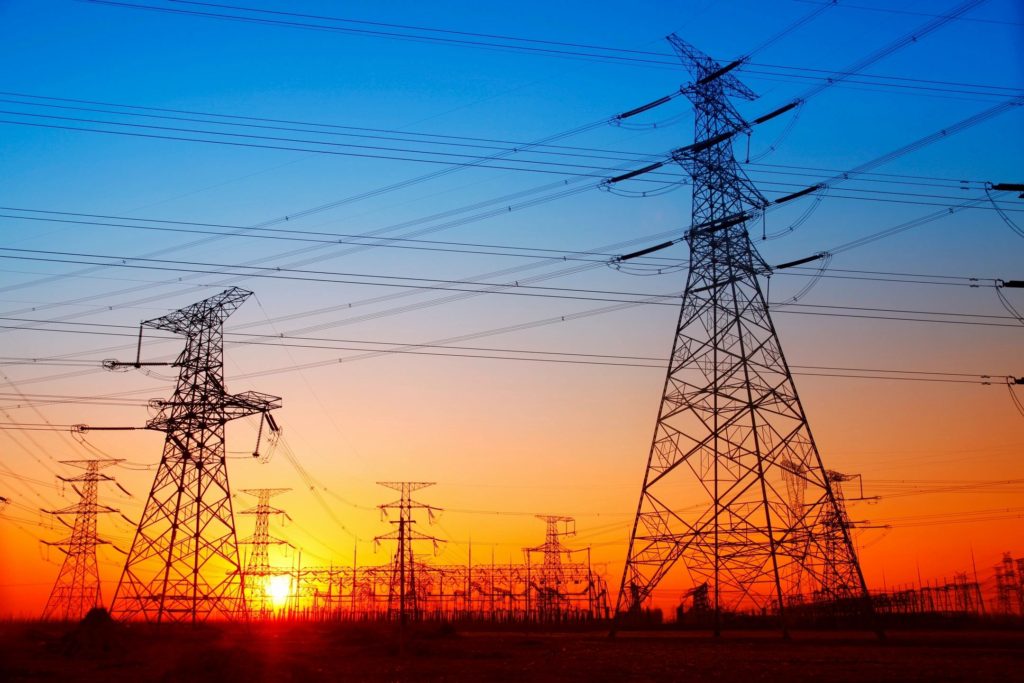
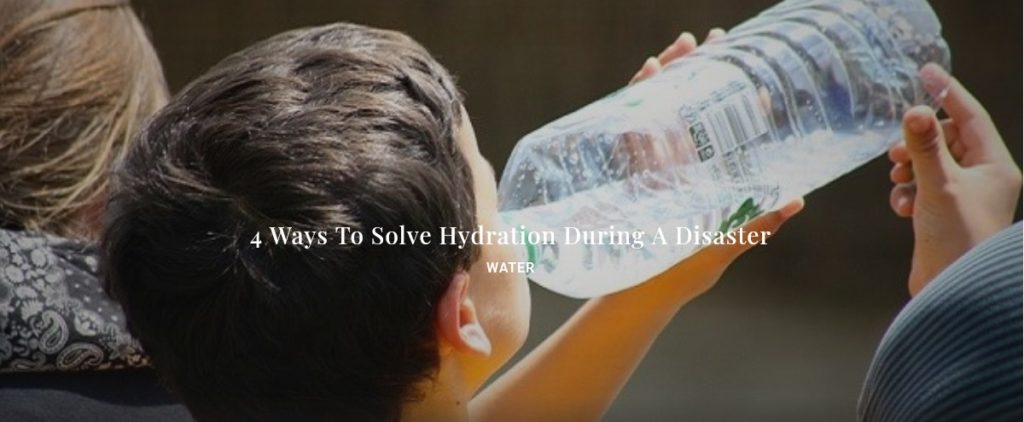
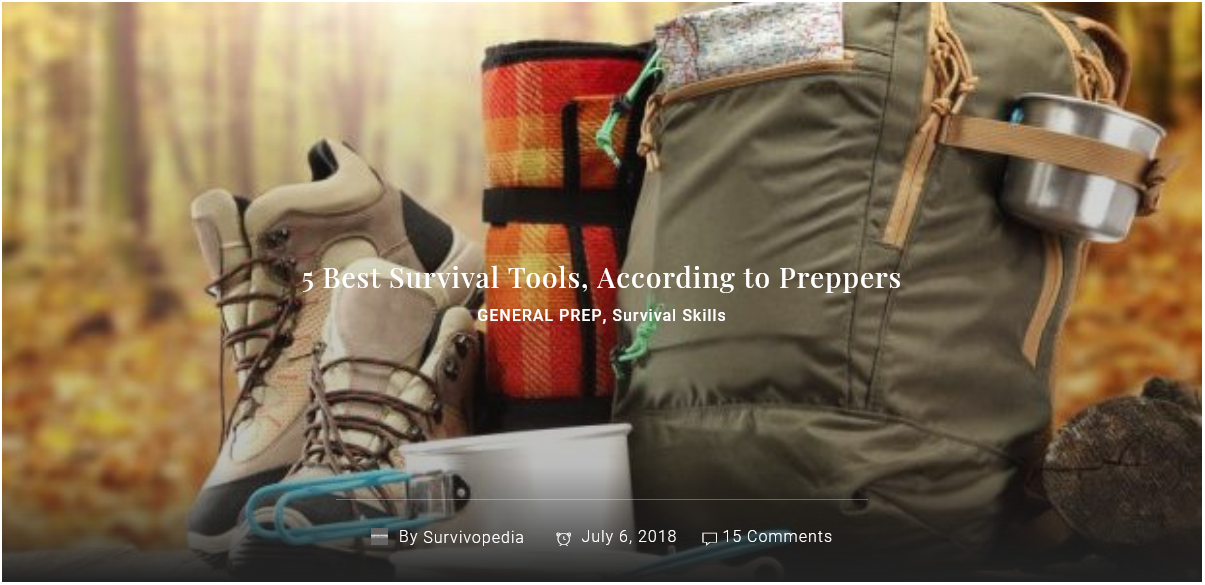
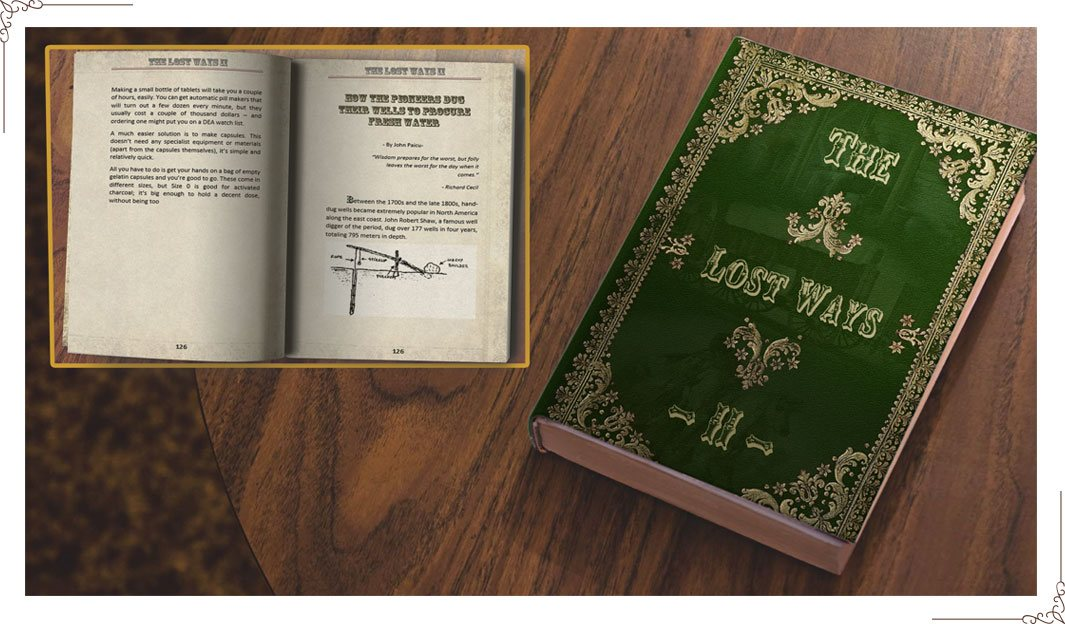

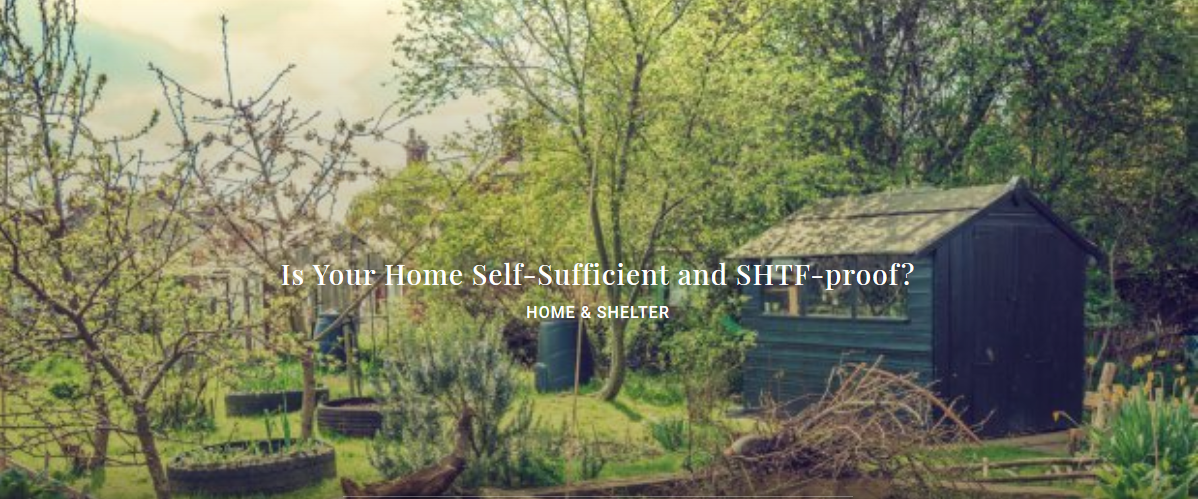

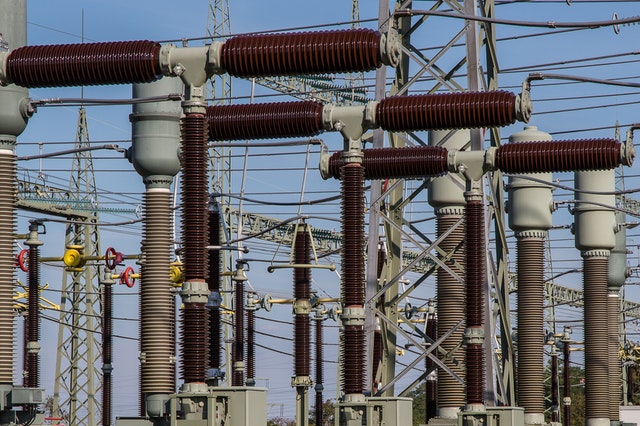
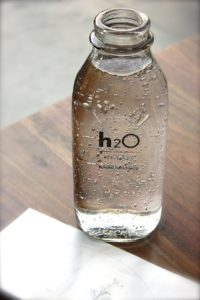 When the power goes off, the city water system will not be able to pump more water, but the gravity-fed tanks are still full of clean water. Collect clean tap water while supplies last, but realize that when a water system loses pressure, the water is no longer clean and must be boiled before drinking. So as long as the pressure is strong, it’s good water. When pressure begins to drop, don’t drink it without boiling first.
When the power goes off, the city water system will not be able to pump more water, but the gravity-fed tanks are still full of clean water. Collect clean tap water while supplies last, but realize that when a water system loses pressure, the water is no longer clean and must be boiled before drinking. So as long as the pressure is strong, it’s good water. When pressure begins to drop, don’t drink it without boiling first.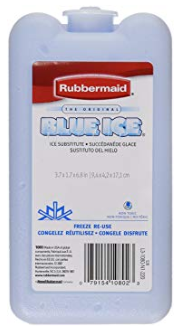 Eat what’s in your refrigerators/freezers, as much as possible, before it spoils, while minimizing opening the doors. Keep some “freezer ice packs” in freezers to help keep things cold longer after the power goes off. Once they power goes off, refrigerators and freezers become “ice chests”, keeping food cool as long as the ice lasts.
Eat what’s in your refrigerators/freezers, as much as possible, before it spoils, while minimizing opening the doors. Keep some “freezer ice packs” in freezers to help keep things cold longer after the power goes off. Once they power goes off, refrigerators and freezers become “ice chests”, keeping food cool as long as the ice lasts.